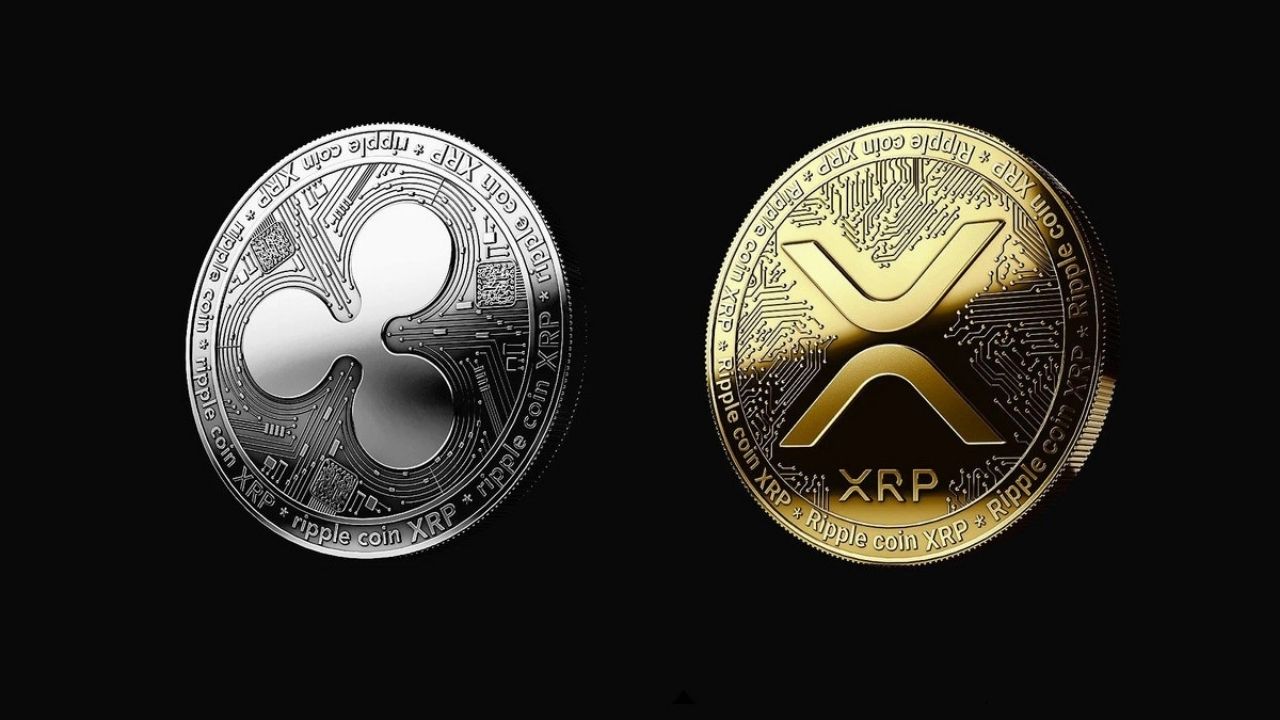Not many things are discussed, as well as being confusing, about XRP and Ripple in the world of cryptocurrency. It appears that both newcomers and media outlets find the temptation to interchangeably use XRP and Ripple; however, that is not the case. What is that difference, and why should traders and investors know about it? Anybody who cares about the future of blockchain-based finance, well. In this paper, we shall make categorical differentiation between XRP and ripple price, and their role within the digital asset economy.
Ripple and XRP origination
Ripple is a company that was established in 2012 by two individuals, Chris Larsen and Jed McCaleb, who had a dream of changing the cross-border money transfer process. The project was to overcome hunches of the customary banking system, like the needless, slow, and costly time of international wire transfers. This is the initiative that is designed by the company named Ripple Labs Inc., which developed the digital ledger named Ripple ledger (XRPL), a decentralized open-source blockchain that enables payments to be cross-border, which are instantaneous and low in cost. In its turn, XRP is the native digital asset of XRP Ledger. It is created to act as a utility token that may provide liquidity in Ripple-based payment protocols. There are no miners that will mine XRP, as is the case with Bitcoin or Ethereum. Instead, it was pre-mined with 100 billion XRP tokens when it was launched, and a major portion of them was awarded to Ripple Labs, its founders, and some initial contributors.
Ripple Company and Product Ripple
Ripple develops financial solutions for businesses and the financial sector; it is a privately held fintech company based in San Francisco. It also creates software products, but they are targeted at improving and updating the international payment systems. Ripple is a technology that allows the transfer of money between banks, remittance providers, and any financial service that seeks to move money across borders in a quicker, transparent, and cheaper manner as opposed to using conventional means of doing so, like SWIFT. Among the most popular Ripple products, it is possible to mention RippleNet and On-Demand Liquidity (ODL). RippleNet is a network of financial institutions that uses the Ripple payment protocols; in contrast, ODL uses XRP as a source of real-time liquidity to ensure that institutions never need to pre-fund accounts held in destination currencies. XRP comes in useful here as a working tool and not an investment speculation that can be used to bridge money to flow across two fiat currencies to make a frictionless relationship of transactions of money.
Digital Asset and Uses of XRP
XRP is a digital currency that runs on the XRP Ledger. It is primarily used in the movement of values, and the areas of primary focus are the enablement of quick, low-cost, and scalable cross-border payments. The XRP can handle transactions that can be settled within 3 -5 seconds and is cheap in comparison with Bitcoin or Ethereum, which can take several minutes to settle a transaction (usually fractions of a cent). Alongside Ripple using XRP in its ODL product, XRP can be traded on numerous exchanges, including Bitget, or be bought and sold by anyone to peer-to-peer transfer, remittance, or investment funding.
Misconstruing of the Law and Regulations
One of the greatest contributors to confusion between XRP and Ripple is the SEC lawsuit. The constitutional claim that the SEC used against Ripple involved Ripple selling XRP as being comparable to the selling of an unregistered security. This caused people to misunderstand the relationship between XRP and Ripple itself, and they believe the two entities are similar. The court in 2023, however, partially clarified that even where some sales of XRP were a securities offering, XRP is not everywhere a security. This was an important difference not only to Ripple and XRP proprietors but to the entire crypto industry.
Conclusion
To put it simply, Ripple is a financial technology company that creates blockchain-based financial infrastructure, whereas XRP is a digital asset that can be used either within the Ripple ecosystem or independently. Although they are closely linked to Ripple, they use XRP in their liquidity solutions; they are, in fact, different. Ripple is a business company that offers products and services, and XRP is a decentralized cryptocurrency that uses the XRP ledger. The distinction must be comprehended by anybody who takes part in the crypto market. When you are trading XRP on Bitget or even when you plan to track the development of Ripple in the world of financial technology, it helps to separate their identities in order to make sense of the news, the direction in the market, as well as regulatory changes.

